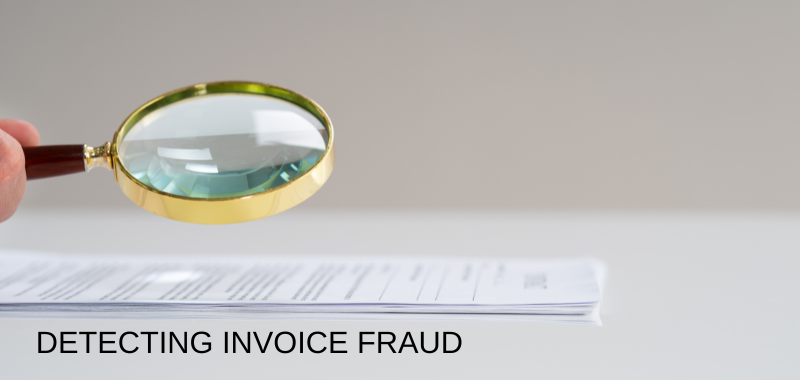Instances of deception and financial malfeasance are concerning for every accounts payable department. While ensuring accurate financial records and timely payments is part of our responsibility, detecting and addressing fraudulent activities is crucial. Unfortunately, fraudulent invoices have become increasingly prevalent in many AP departments.
An invoice scam commonly involves a deceptive party posing as a legitimate supplier, seeking payment for services or goods. These invoices may initially appear authentic, mimicking the details of a reputable vendor. However, the fraudulent entity typically alters either the payment location or bank account information.
These fraudulent invoices often request immediate payment, exploiting a sense of urgency to prompt quick action from the AP department. It is important to remain vigilant and verify the legitimacy of all invoices to prevent falling victim to such schemes.
Types:
It has been found that a significant number of organizations have been impacted by fraudulent activities, particularly within their accounts payable departments through email scams. Larger organizations are especially vulnerable to these types of fraudulent activities due to the potential for miscommunication between AP staff and purchasing departments.
Counterfeit Document: This is a common form of invoice fraud, as outlined in the previous section. In this scenario, a fraudulent individual will send an invoice pretending to be a reputable vendor, but will alter the payment address and/or bank account details in order to divert the payment for their own gain.
Hijacking an Email Conversation: Fraudulent activities may take place when unauthorized individuals gain access to a vendor employee’s email account, often through a phishing email. They then discreetly monitor email communication, patiently waiting for the opportune moment to intervene. Subsequently, they insert themselves into email exchanges, where they may attempt to modify payment details, redirecting funds to their personal bank account.
Fake Email: Unauthorized Payment Request Fraud (UPRF) in accounts payable occurs when an individual poses as a trustworthy third-party, such as a vendor or internal colleague, through email. The email may include urgent payment requests, transfer of funds, or bank details.
Identifying Fraudulent Invoices
1. The vendor’s contact information or payment address has been updated from their previous invoices.
2. The payment or bank account information provided by the vendor appears to be different from what was previously submitted or does not align with the records in our system.
3. The invoice pertains to services that have not been provided as of yet.
Credits

Naveen A, Services Management Team
